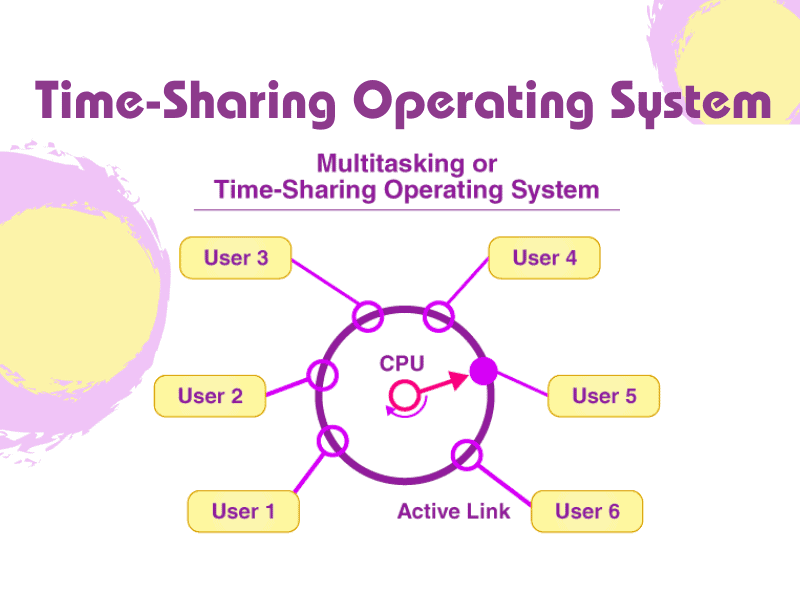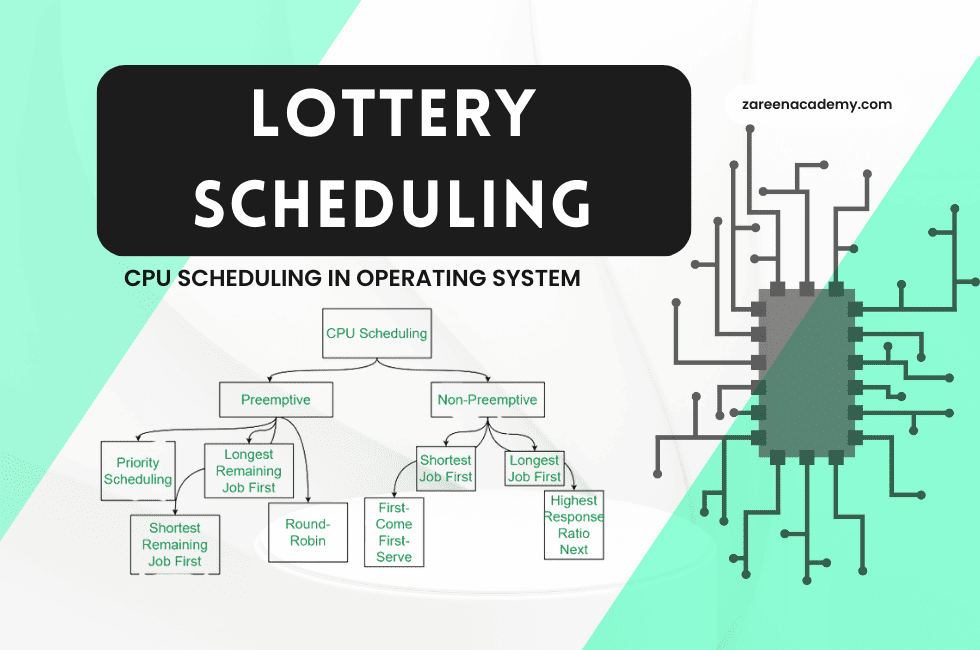Introduction
Welcome to the fascinating realm of Multilevel Queue Scheduling in Operating Systems. In this article, we will delve deep into the intricate workings of this fundamental concept. Whether you’re a computer science enthusiast or just curious about how your computer manages tasks, this article is tailored to provide you with valuable insights into the Multilevel Queue Scheduling system.
The Basics of Multilevel Queue Scheduling
Multilevel Queue Scheduling in Operating Systems is a crucial topic in computer science. It’s all about managing tasks efficiently and effectively within a computer’s operating system.
In a nutshell, it involves categorizing processes into different queues based on their priority levels, ensuring that high-priority tasks get executed before lower-priority ones. Each queue can have its own scheduling algorithm, which further enhances the system’s responsiveness.
The Benefits of Multilevel Queue Scheduling
Multilevel Queue Scheduling offers several advantages. By organizing tasks into queues, it ensures that important processes receive prompt attention. It also allows for improved resource allocation and makes multitasking a breeze.
Multilevel queue scheduling is a scheduling algorithm used in computer operating systems to manage and prioritize tasks in a more organized manner. It divides the ready queue into multiple separate queues, each with a different priority level. Each queue can have its own scheduling algorithm, which allows for efficient and flexible management of various types of processes and tasks. Here are some of the benefits of multilevel queue scheduling:
Priority Management: Multilevel queue scheduling allows you to assign different priorities to different types of tasks or processes. This helps in giving higher priority to critical tasks and lower priority to non-essential ones. For example, a real-time task may have a higher priority than a background task.
Improved Responsiveness: Tasks with higher priority can be scheduled more frequently or with shorter time slices, ensuring that critical tasks get executed quickly and respond in a timely manner. This is essential for real-time and interactive systems where responsiveness is crucial.
Resource Allocation: By having different queues with different priorities, you can allocate resources (such as CPU time) more efficiently. High-priority tasks can be given more resources when needed, while low-priority tasks can be limited to prevent them from monopolizing system resources.
Isolation: Multilevel queues can help in isolating processes or tasks with different characteristics. For example, interactive tasks and CPU-bound tasks can be placed in separate queues. This prevents CPU-bound tasks from degrading the performance of interactive tasks.
Fairness: Multilevel queues can also be configured to provide fairness among different classes of tasks. Each queue can have its own scheduling policy, ensuring that each class of tasks gets its fair share of resources.
Flexibility: Multilevel queue scheduling is highly flexible and can be adapted to the specific needs of the system. You can configure the number of queues, the scheduling algorithm for each queue, and the criteria for task promotion and demotion between queues.
Simplifies Scheduling: Instead of using a single complex scheduling algorithm for all tasks, multilevel queues simplify the scheduling process by breaking it into smaller, more manageable parts. Each queue can use a simpler scheduling policy, making the system more understandable and maintainable.
Dynamic Adaptation: Processes or tasks can be dynamically moved between queues based on their behavior and resource requirements. This allows the system to adapt to changing workloads and priorities.
Priority Inversion Mitigation: Multilevel queue scheduling can help mitigate issues like priority inversion, where a lower-priority task holds a resource needed by a higher-priority task. By giving higher-priority tasks their own queues and resources, priority inversion can be reduced or eliminated.
Improved System Stability: Multilevel queue scheduling can enhance the overall stability of the system by preventing lower-priority tasks from interfering with higher-priority tasks, resulting in more predictable and reliable system behavior.
Overall, multilevel queue scheduling is a powerful scheduling technique that provides better control and management of processes in an operating system, allowing for improved performance, responsiveness, and resource allocation in complex computing environments.
Dynamic Nature of Multilevel Queue Scheduling
One remarkable feature of Multilevel Queue Scheduling is its dynamic nature. As priorities change, processes can move between queues, making the system adaptable to varying workloads. This flexibility is vital for optimizing system performance.
Multilevel Queue Scheduling in Action
Now, let’s explore how Multilevel Queue Scheduling works in real-world scenarios.
Prioritizing System Tasks
In this system, high-priority tasks like system processes are placed in a priority queue and executed first. This ensures that critical system operations are never delayed.
User-Level Processes
User-level processes are assigned to a separate queue, providing a fair share of CPU time to applications. This prevents a single application from monopolizing resources and slowing down the entire system.
I/O-Bound Tasks
Processes that are frequently waiting for I/O operations are placed in a separate queue. This prevents them from blocking the CPU, allowing other processes to continue execution.
FAQs about Multilevel Queue Scheduling in Operating System
Q: What is the primary goal of Multilevel Queue Scheduling?
A: The main goal is to ensure that high-priority tasks are executed promptly, enhancing system responsiveness.
Q: Can processes move between queues in Multilevel Queue Scheduling?
A: Yes, processes can move between queues based on changes in their priority levels, making the system dynamic and adaptable.
Q: How does Multilevel Queue Scheduling prevent resource monopolization?
A: By placing user-level processes in a separate queue, it ensures fair CPU time allocation, preventing resource monopolization.
Q: What happens to I/O-bound tasks in this scheduling system?
A: I/O-bound tasks are placed in a dedicated queue to prevent them from blocking the CPU and slowing down other processes.
Q: What are the benefits of Multilevel Queue Scheduling?
A: It offers efficient resource allocation, improved system responsiveness, and adaptability to changing workloads.
Q: How does Multilevel Queue Scheduling benefit the overall system performance?
A: It ensures that high-priority system processes receive immediate attention, enhancing the overall efficiency of the system.
Conclusion
Multilevel Queue Scheduling in Operating Systems is a dynamic and efficient way to manage processes, ensuring that critical tasks are handled promptly. Its adaptability and organization make it a crucial component of modern operating systems, contributing to their overall efficiency and responsiveness.
Explore the world of Multilevel Queue Scheduling and witness how it optimizes the functioning of your computer’s operating system. It’s a fundamental concept that has stood the test of time and continues to play a pivotal role in the digital world.



0 Comments